The Vauxhall GT concept has been shown off ahead of the car's global debut at the Geneva motor show.
The two-seat coupé concept is described as "a template for future sports car" and is broadly similar in size and mechanical layout to a Mazda MX-5 but has ultra-modern, flowing lines and a fixed roof. It is so pared down and “unashamedly avant-garde” that it doesn’t even need door handles or exterior mirrors. It does, however, employ the classical long-bonnet, short-boot proportions used by ‘emotional’ rear-wheel-drive sports cars through the ages, although its mechanical components are distinctly modern.
The instrument clusters can display 3D content in a variety of colours, a development of the system first shown on 2013's Monza concept. The system displays different content depending on the situation. At high speed, for example, the system displays g-force values. The system can also issue spoken warnings on upcoming obstacles. As on many concept cars, the GT eschews traditional door mirrors in favour of cameras.
A 144bhp turbocharged version of Vauxhall’s 1.0-litre three-cylinder petrol engine drives the rear wheels through a six-speed sequential gearbox, which is also controllable by column-mounted shift paddles.
Vauxhall-Opel design chief Mark Adams, who led the project, said the GT Concept unashamedly pays homage to two influential European concepts of the mid-1960s - the Vauxhall XVR and the Opel Experimental GT - both of which had a big influence on the design of the production cars that followed.
In particular, the Vauxhall XVR - a long-nosed coupé produced under legendary British design boss Wayne Cherry - used and refined design influences from the US-built Mako Shark II concept of 1963, which six years later went into wide circulation in the Chevrolet Corvette C3. Then came the Vauxhall Equus, another promising Cherry design, plausibly based on the Chevette city car.
As well as echoes from the past, this latest GT Concept also carries influences from Vauxhall-Opel’s Monza sporting estate, a 2+2 plug-in hybrid concept shown at the Frankfurt motor show in 2013. Company officials admitted at the time that the car might eventually be the precursor of a new-generation Manta in production.

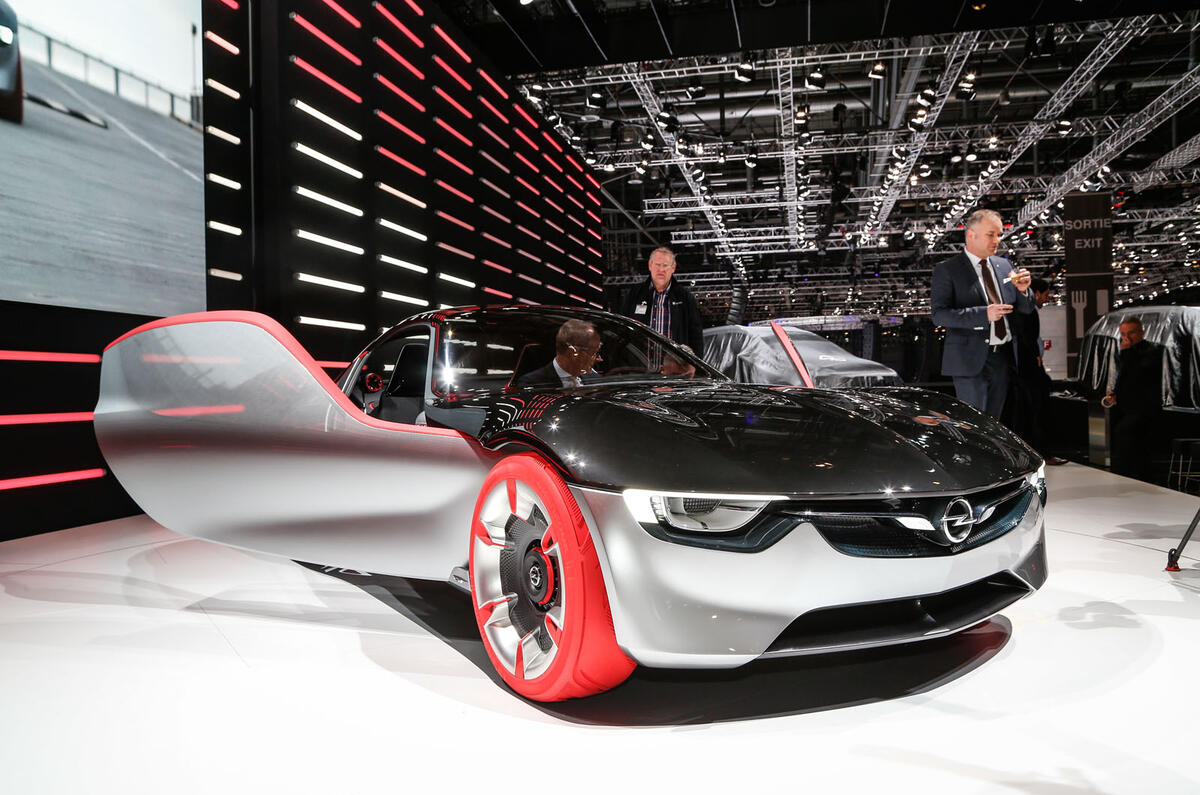
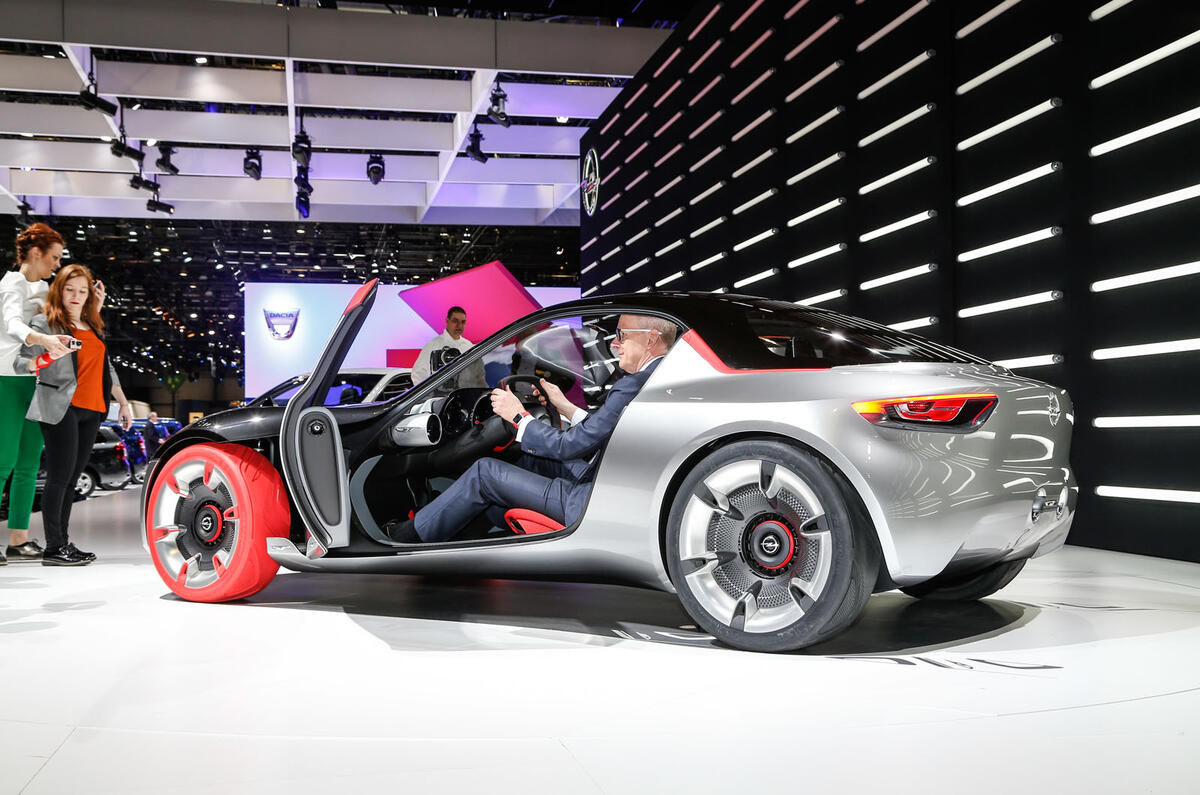
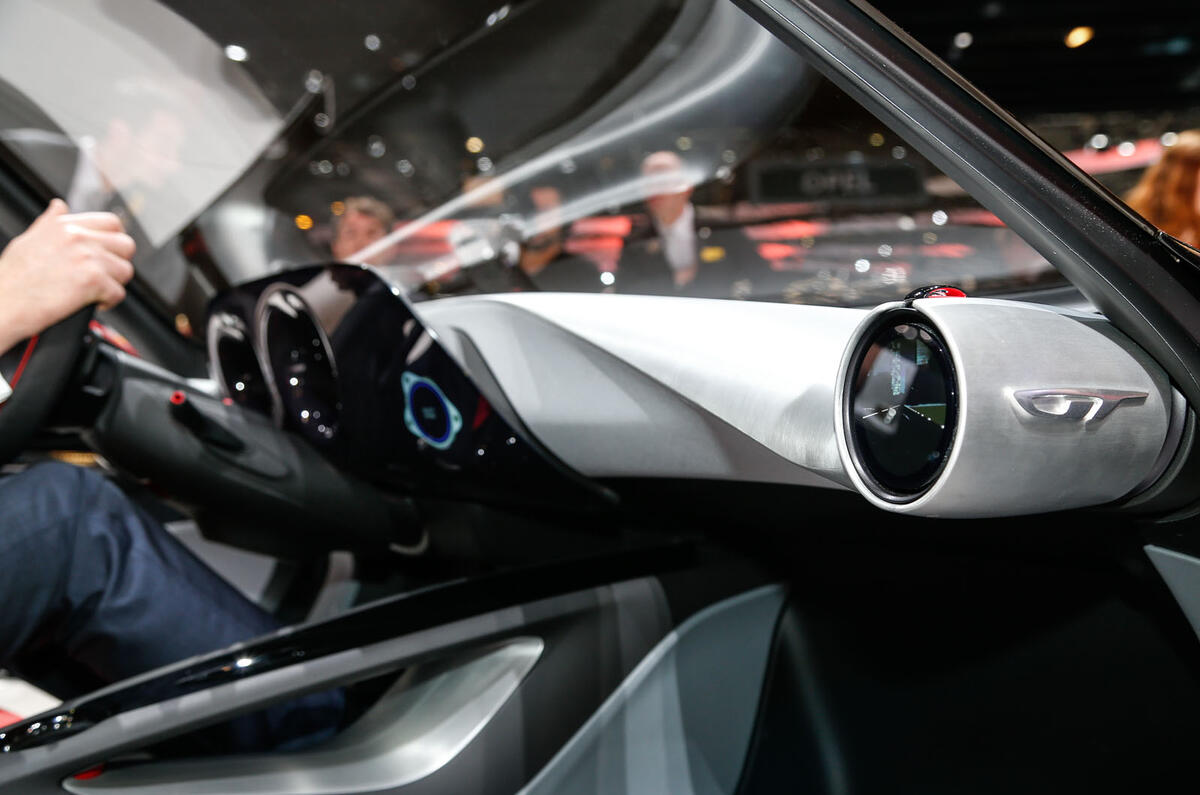
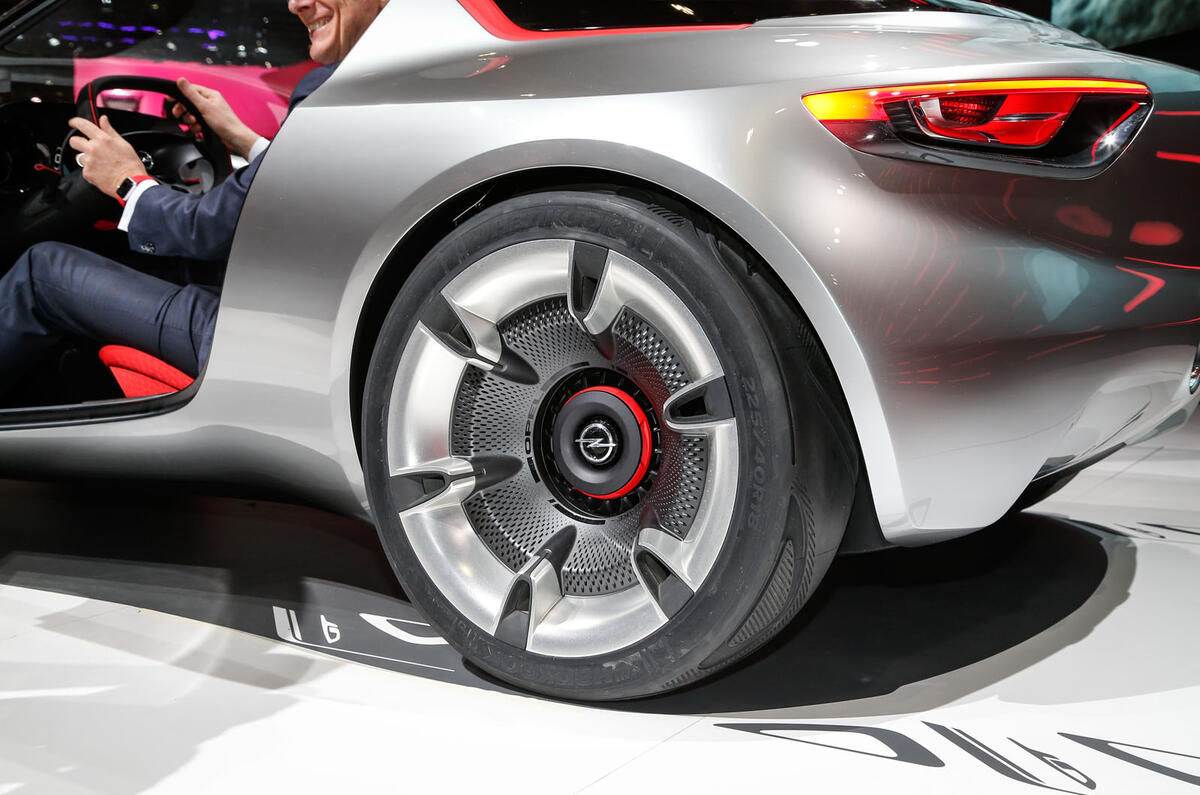
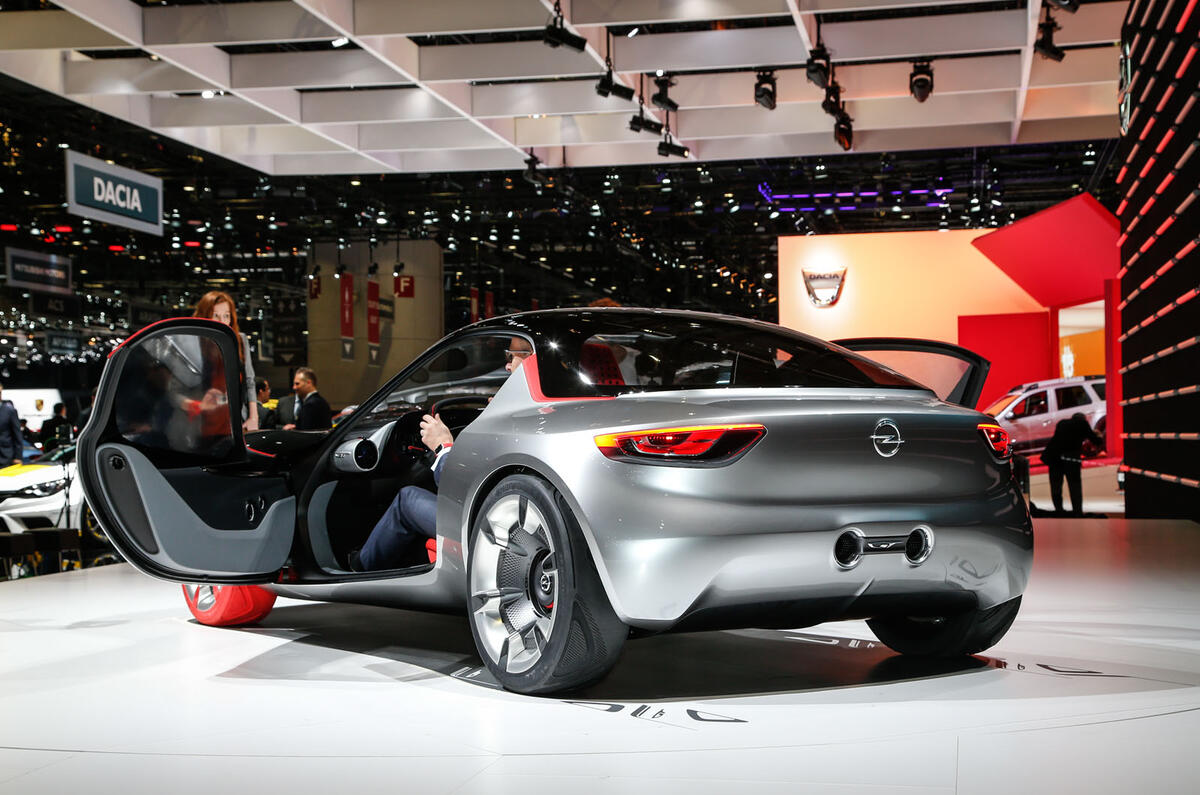

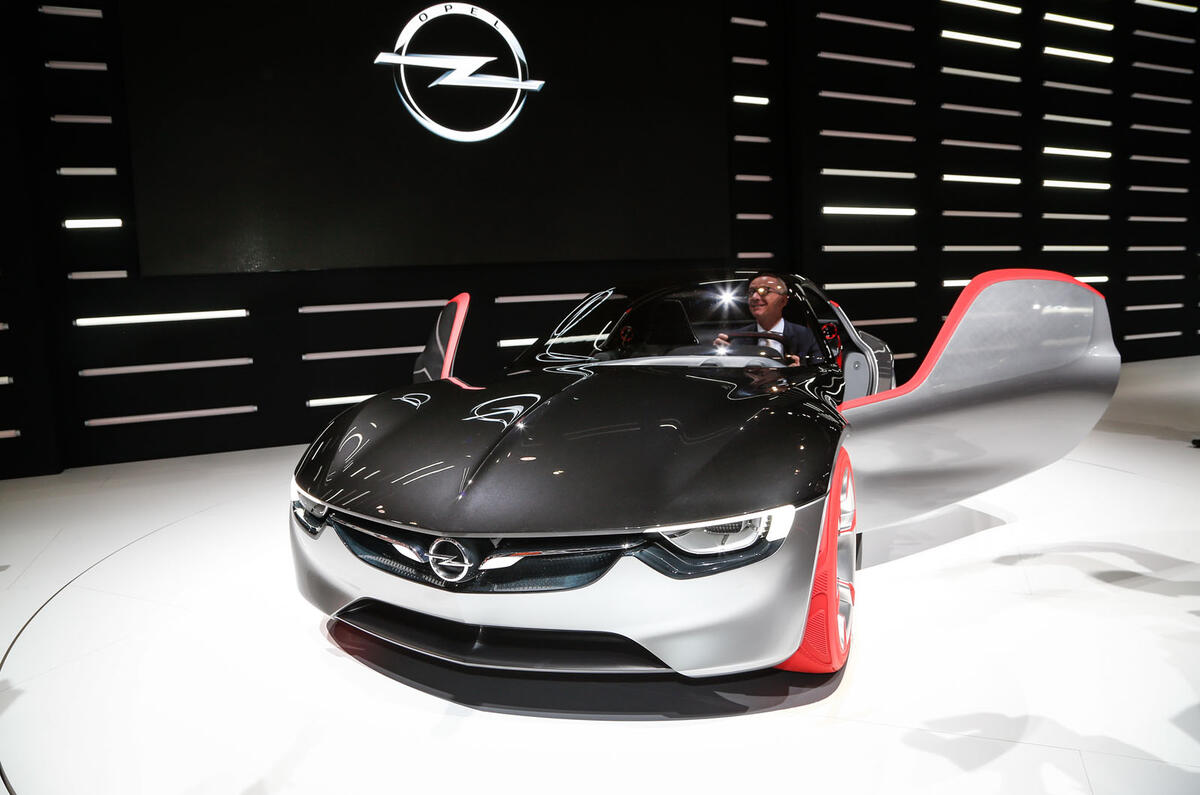

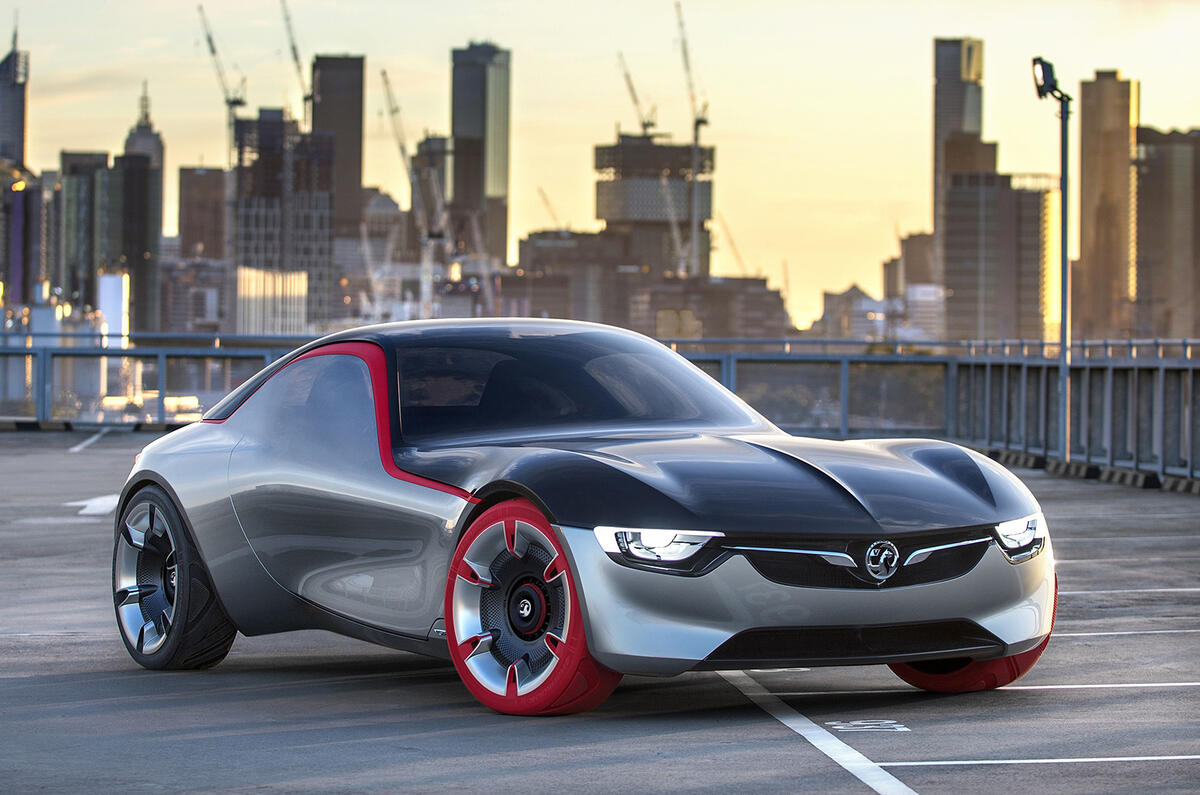
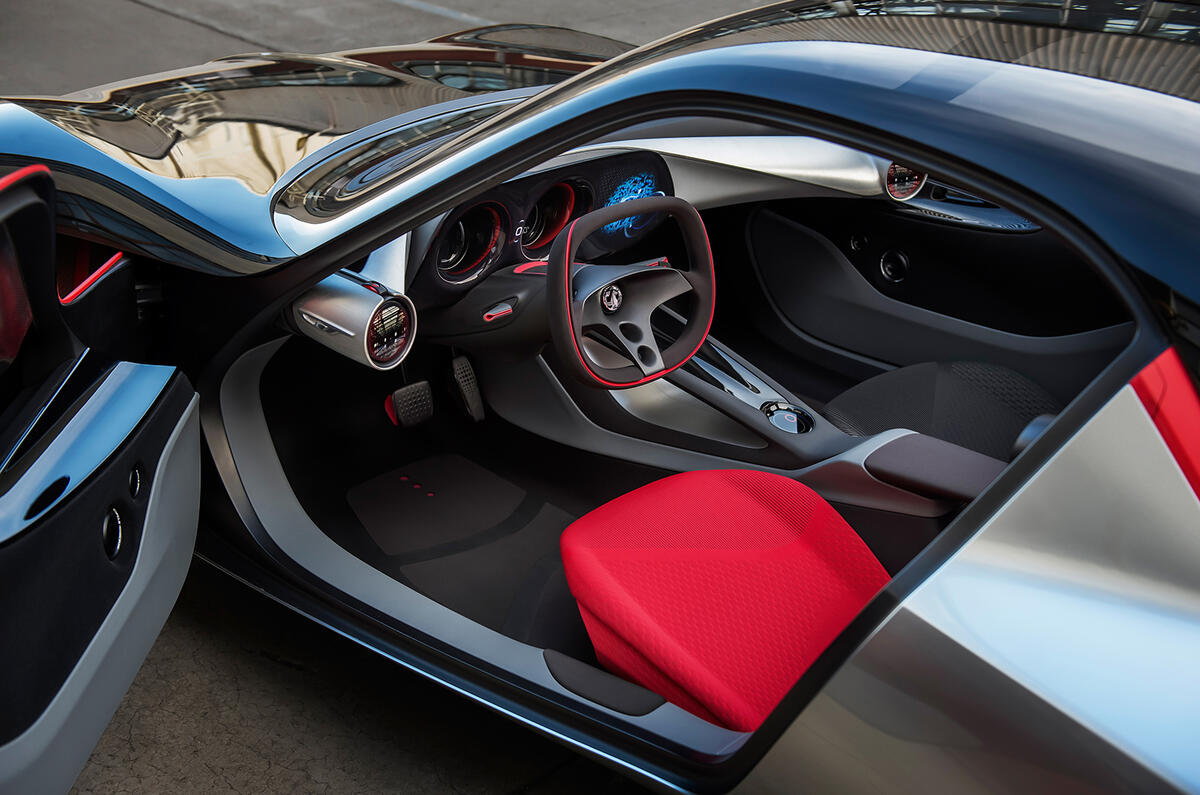
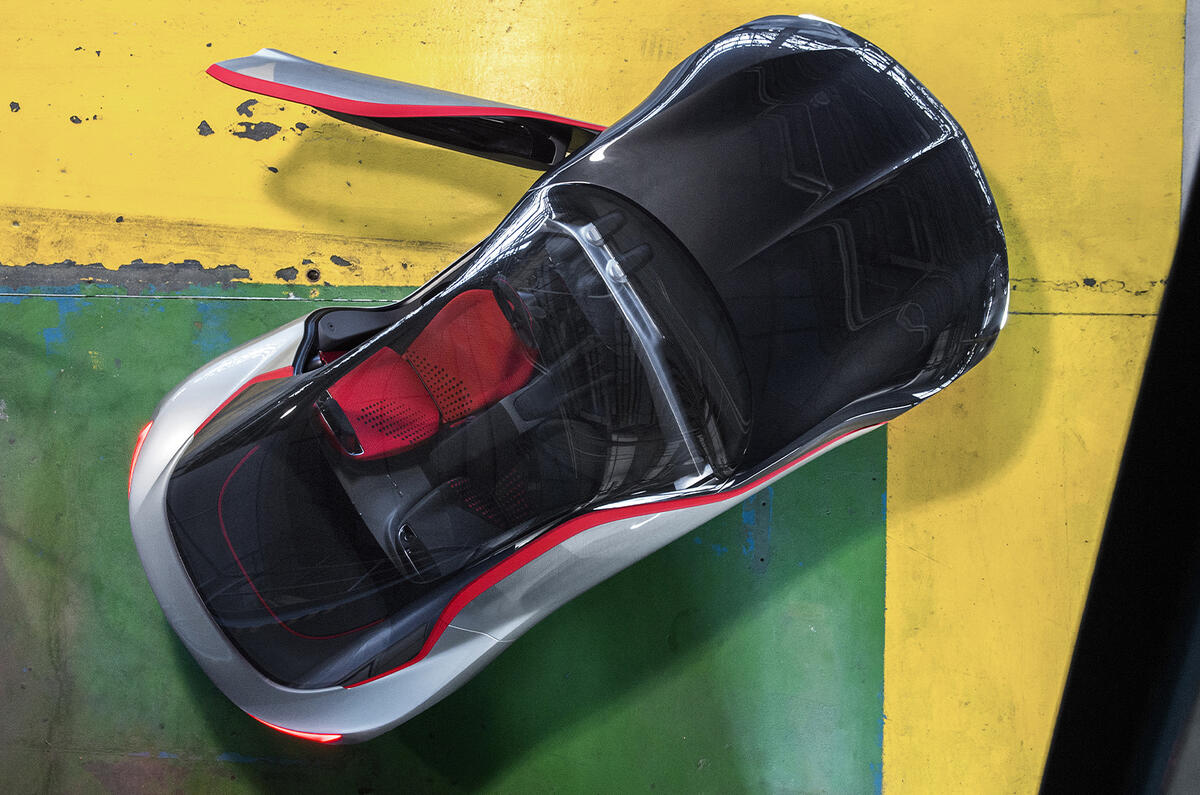
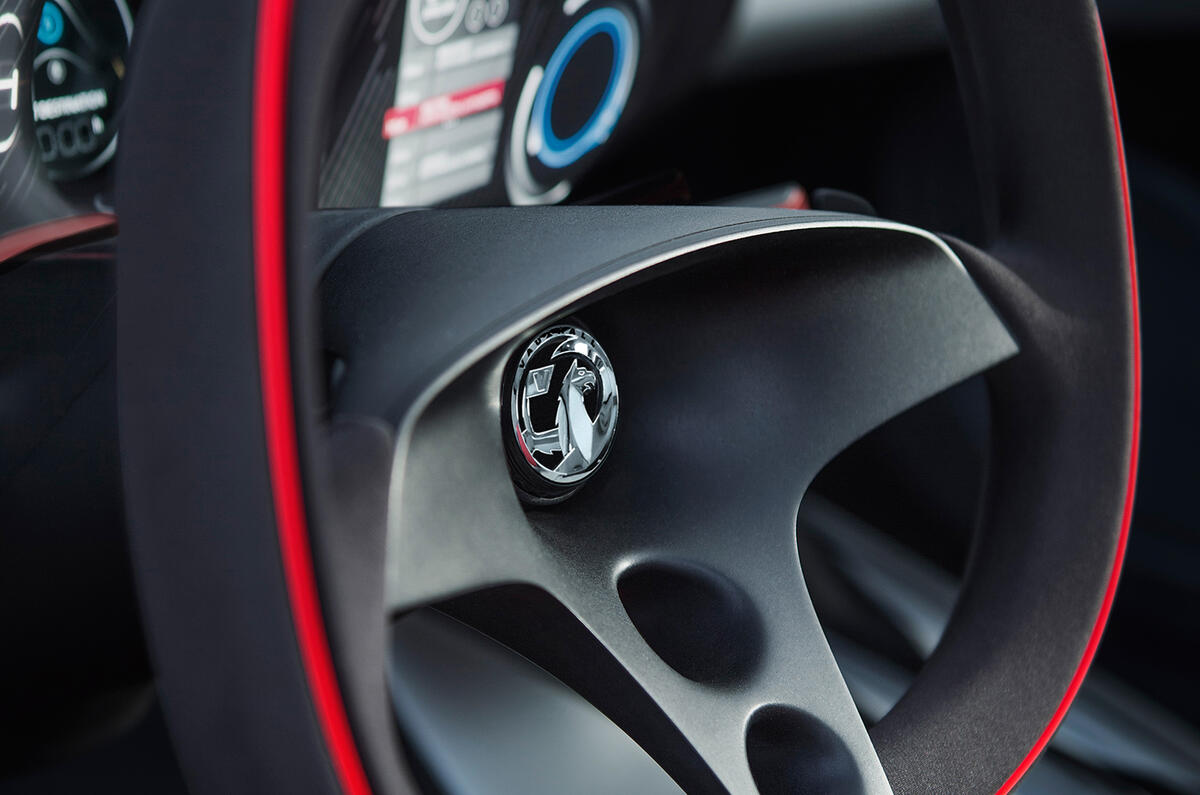
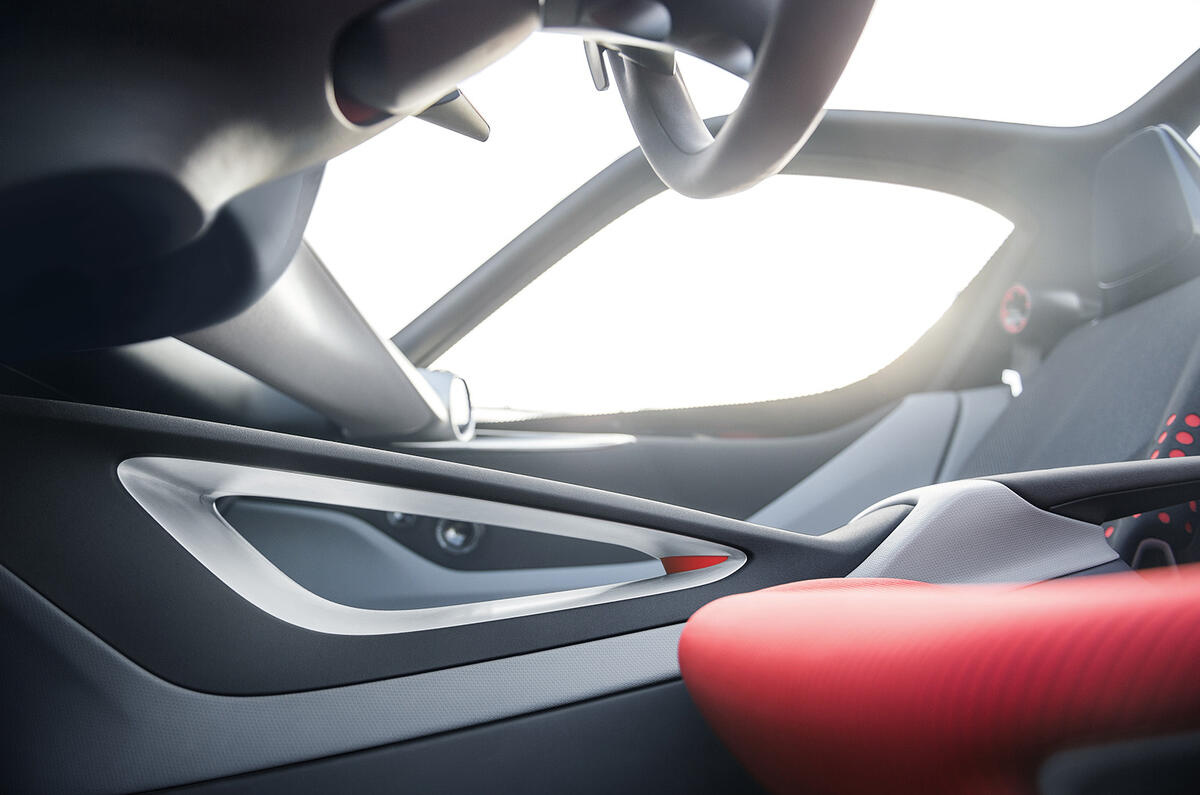
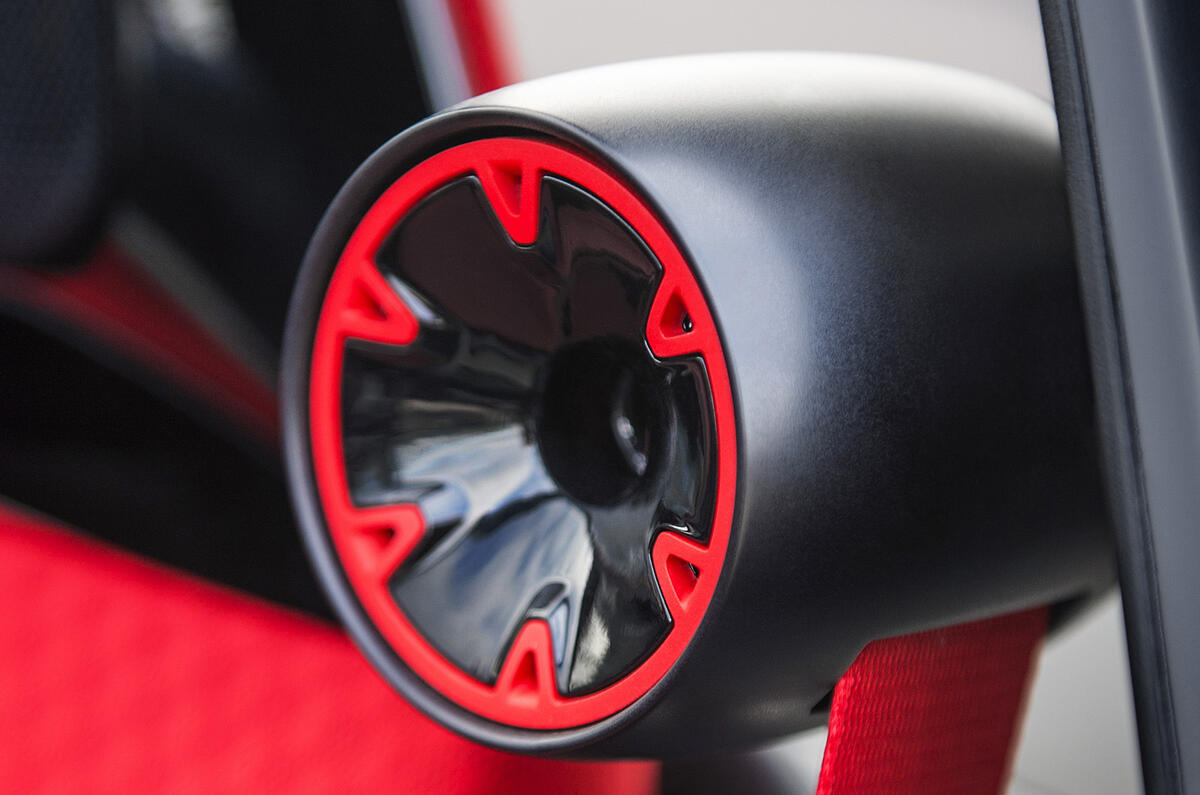
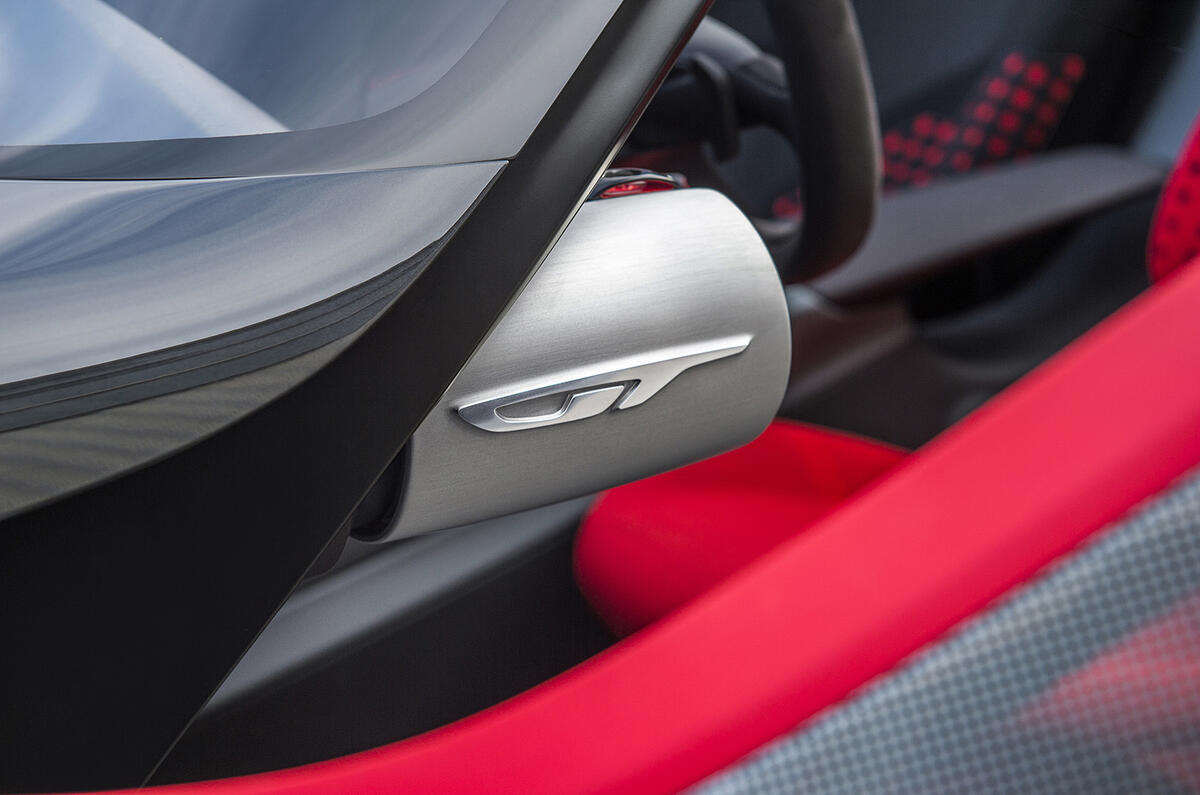
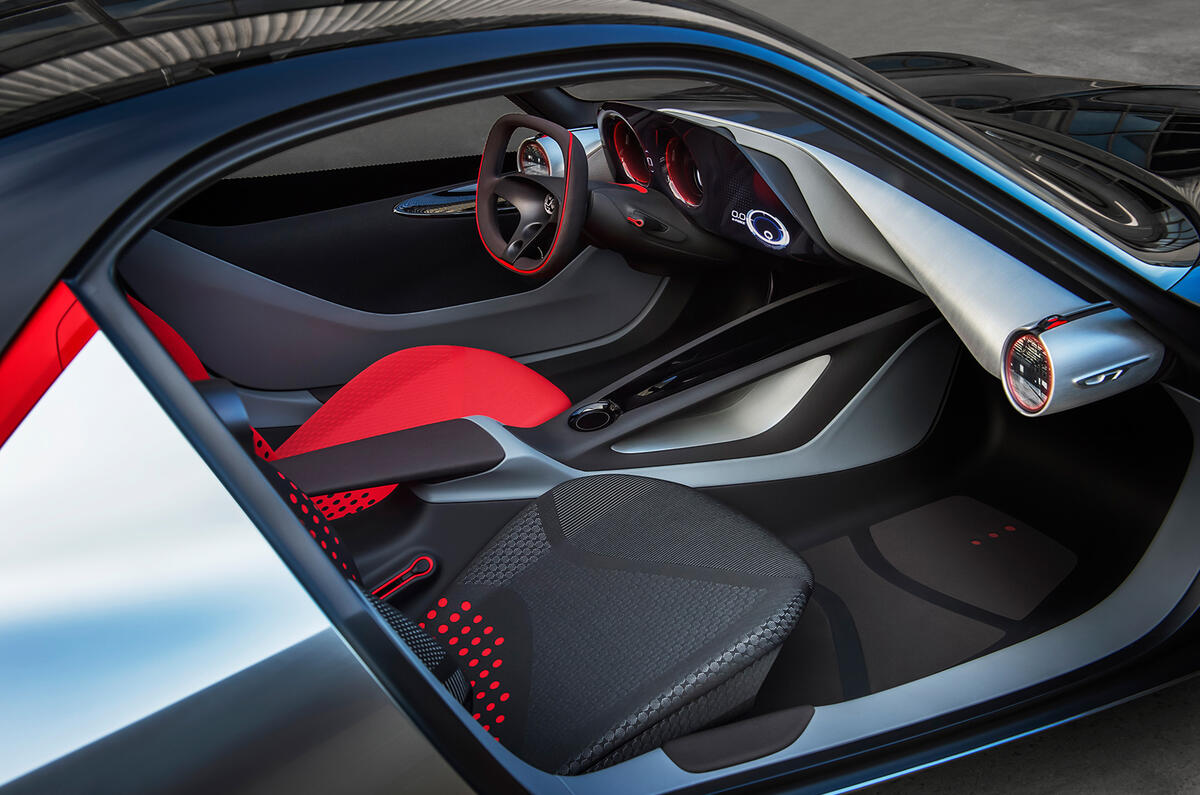
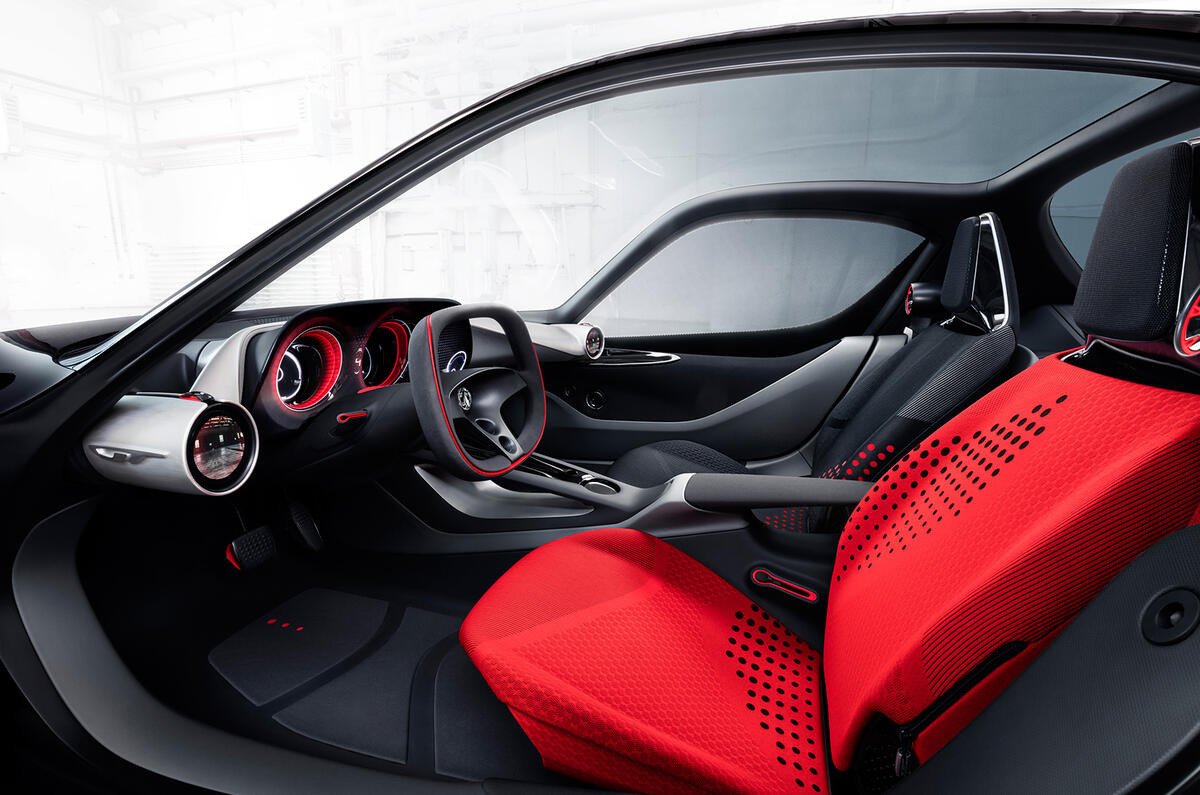
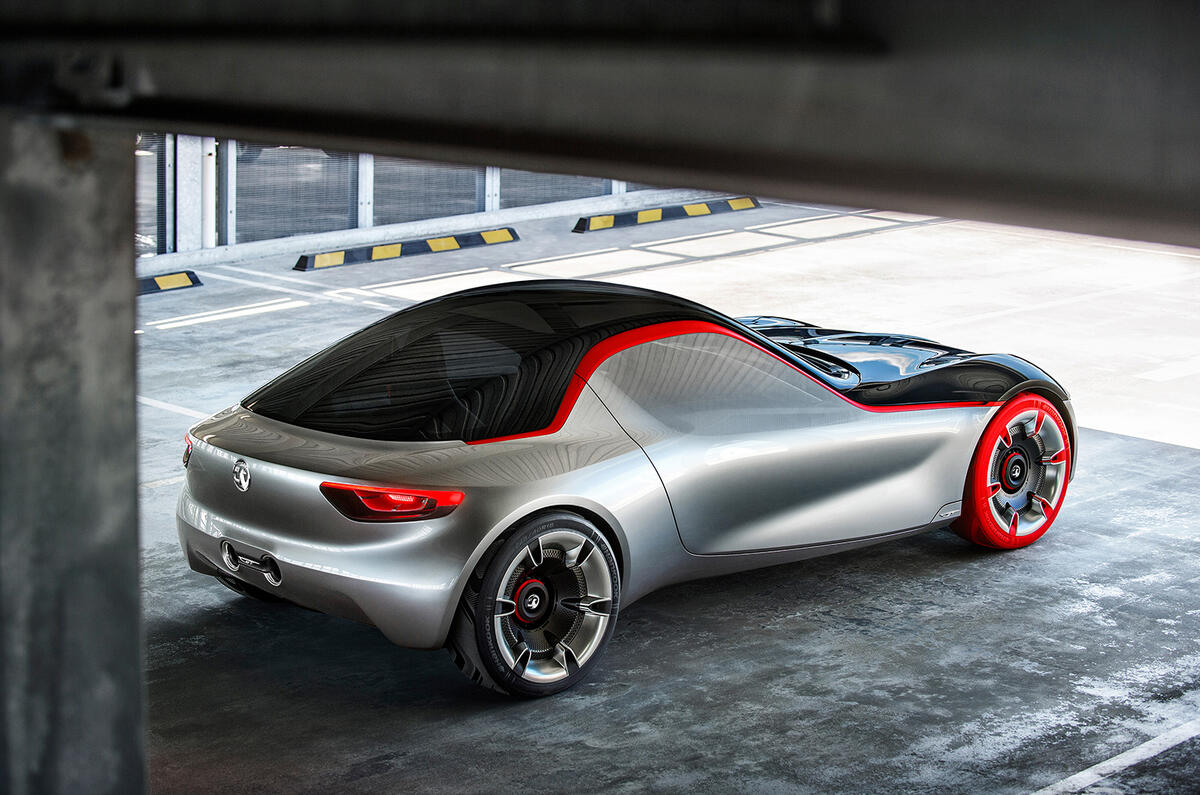
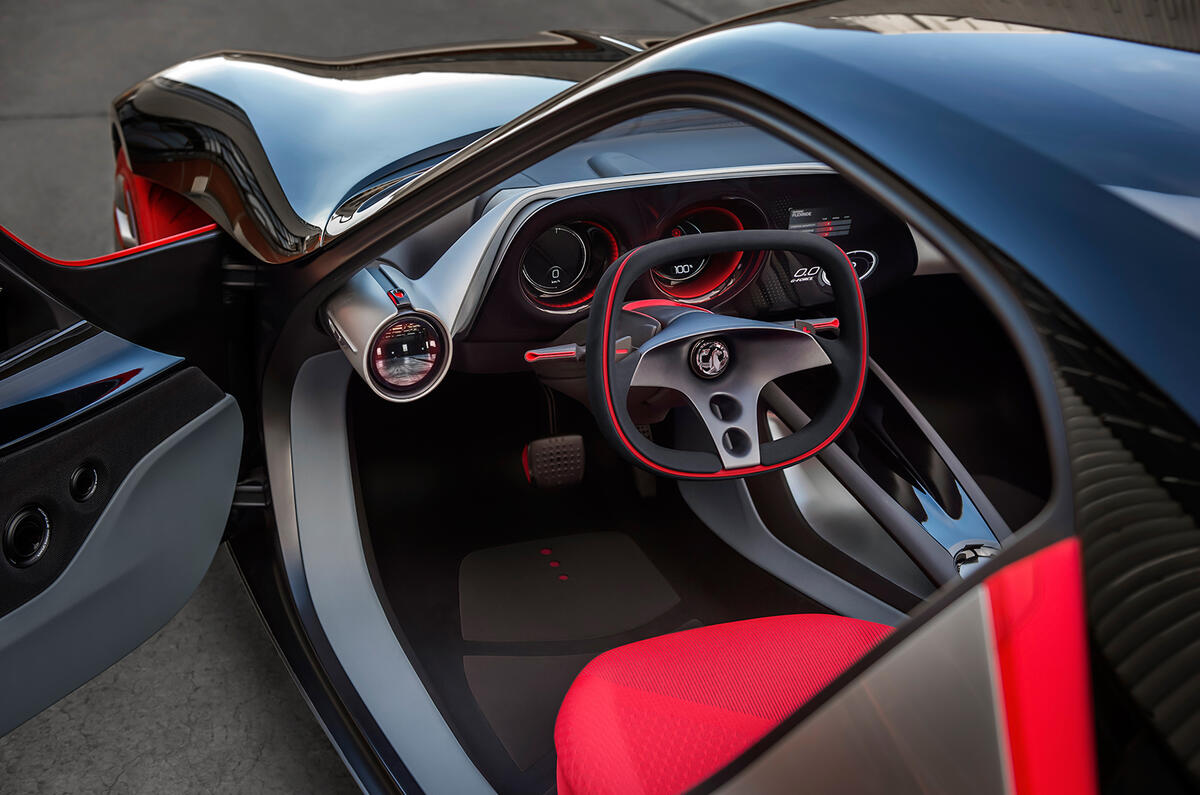
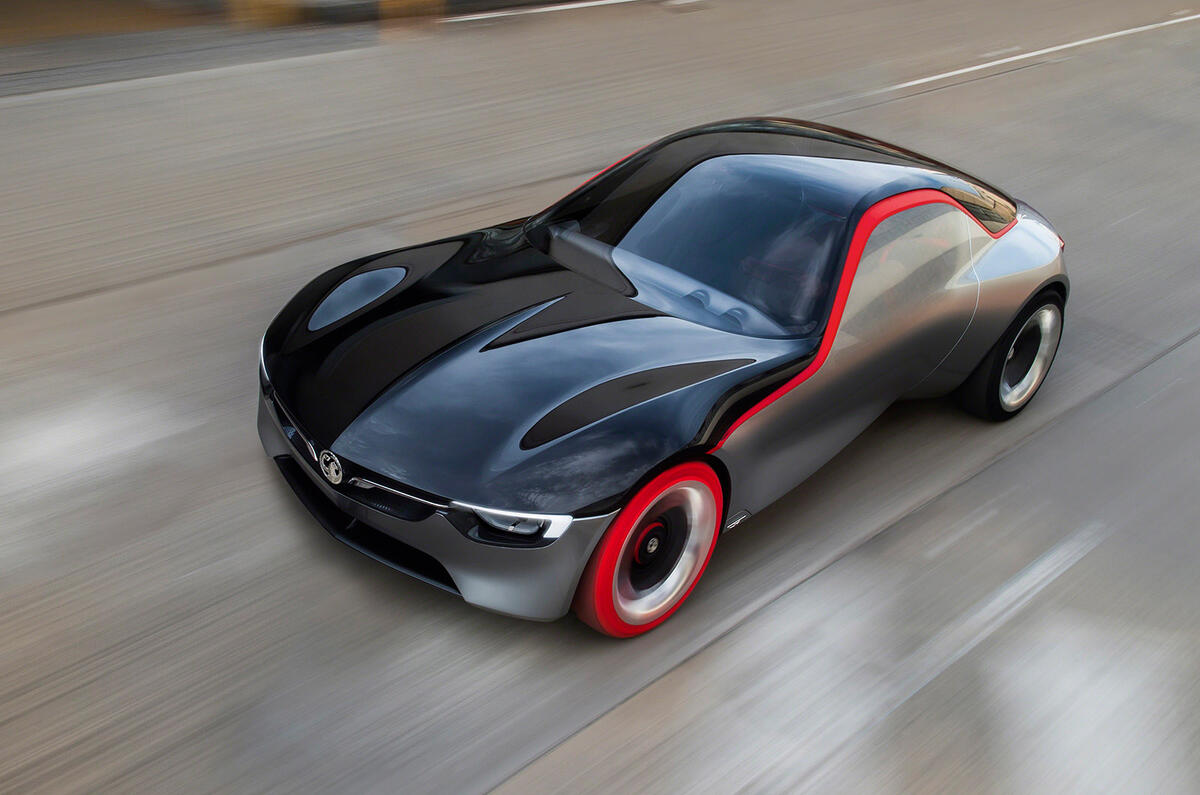
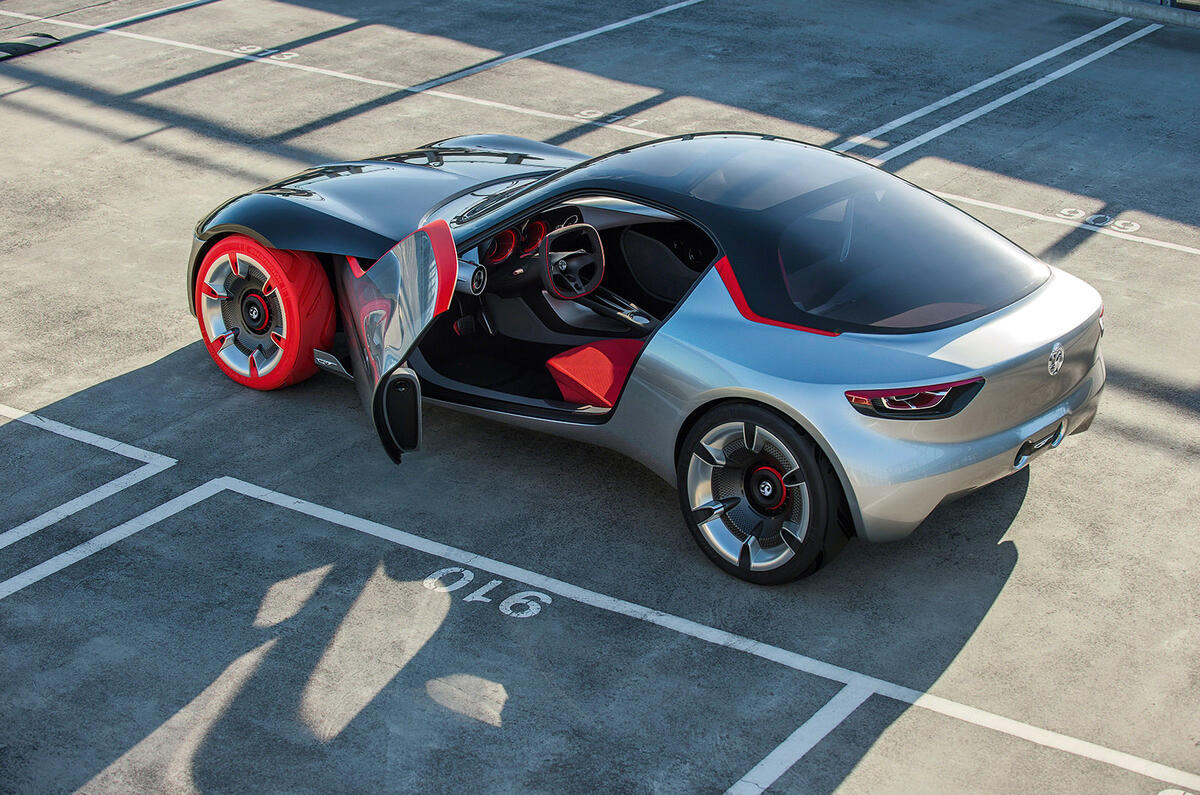
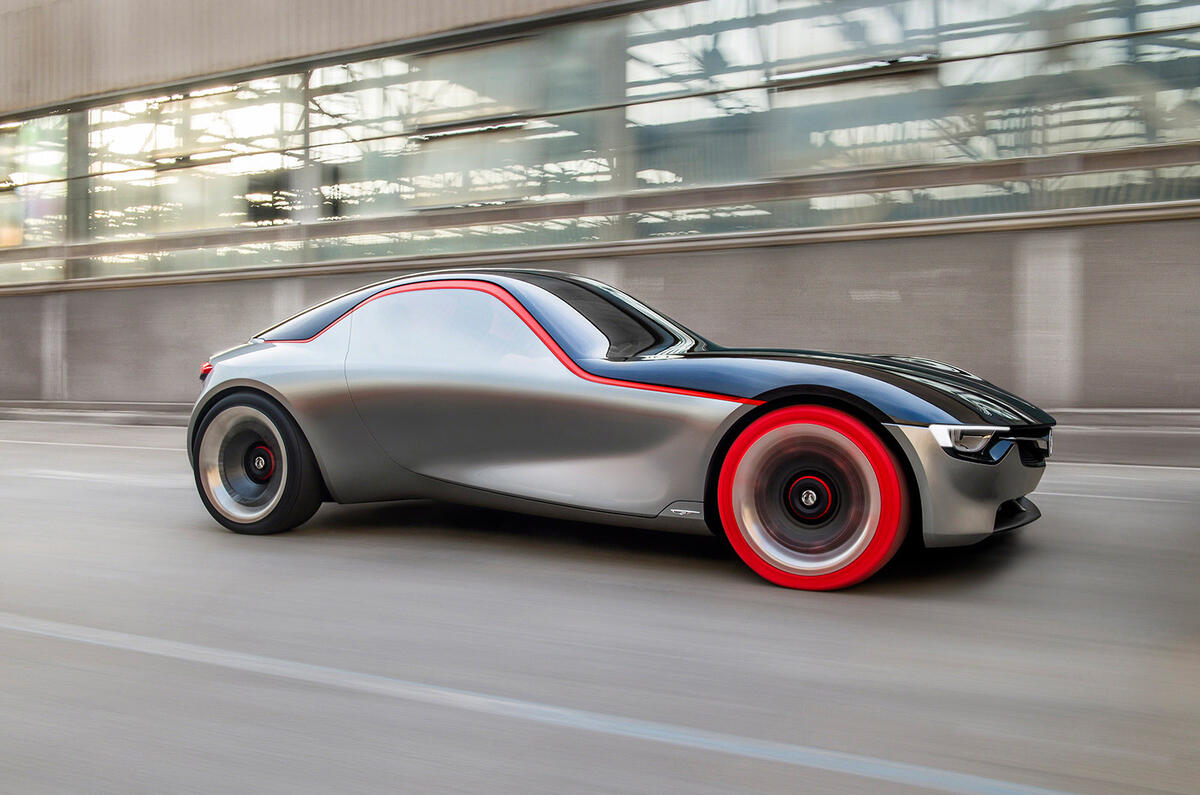
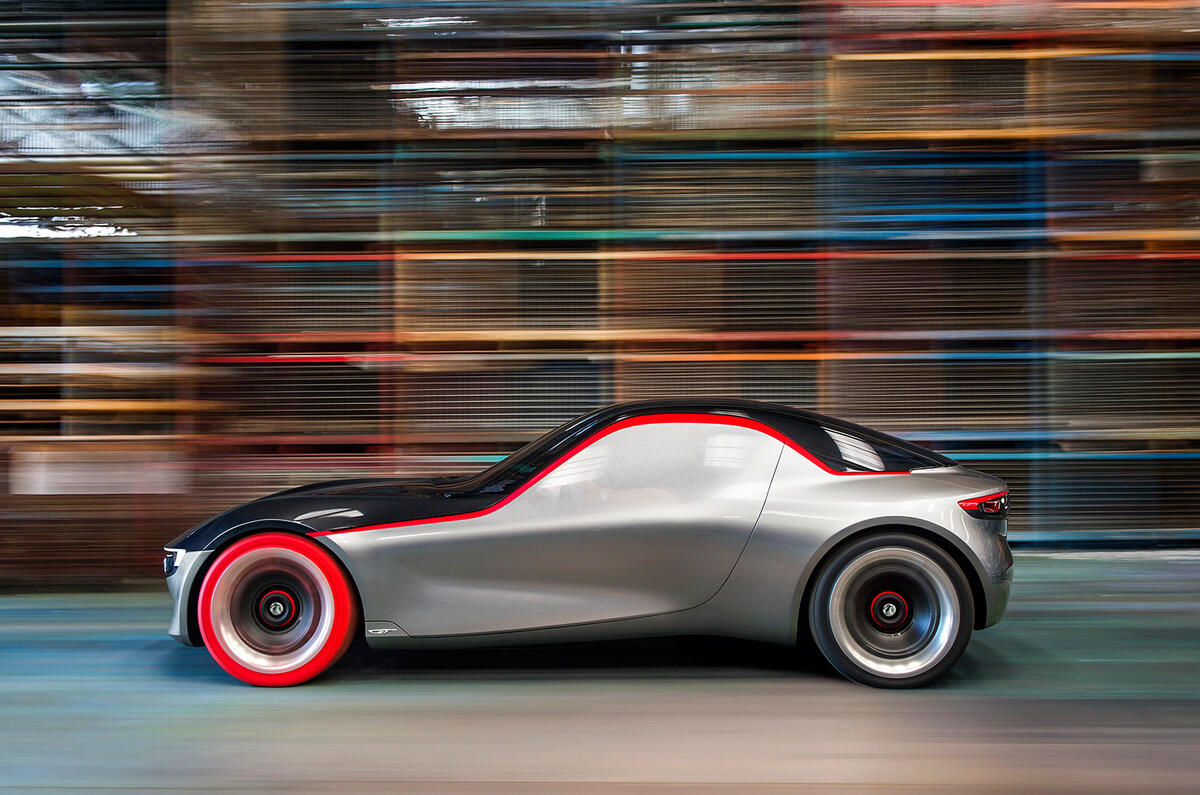
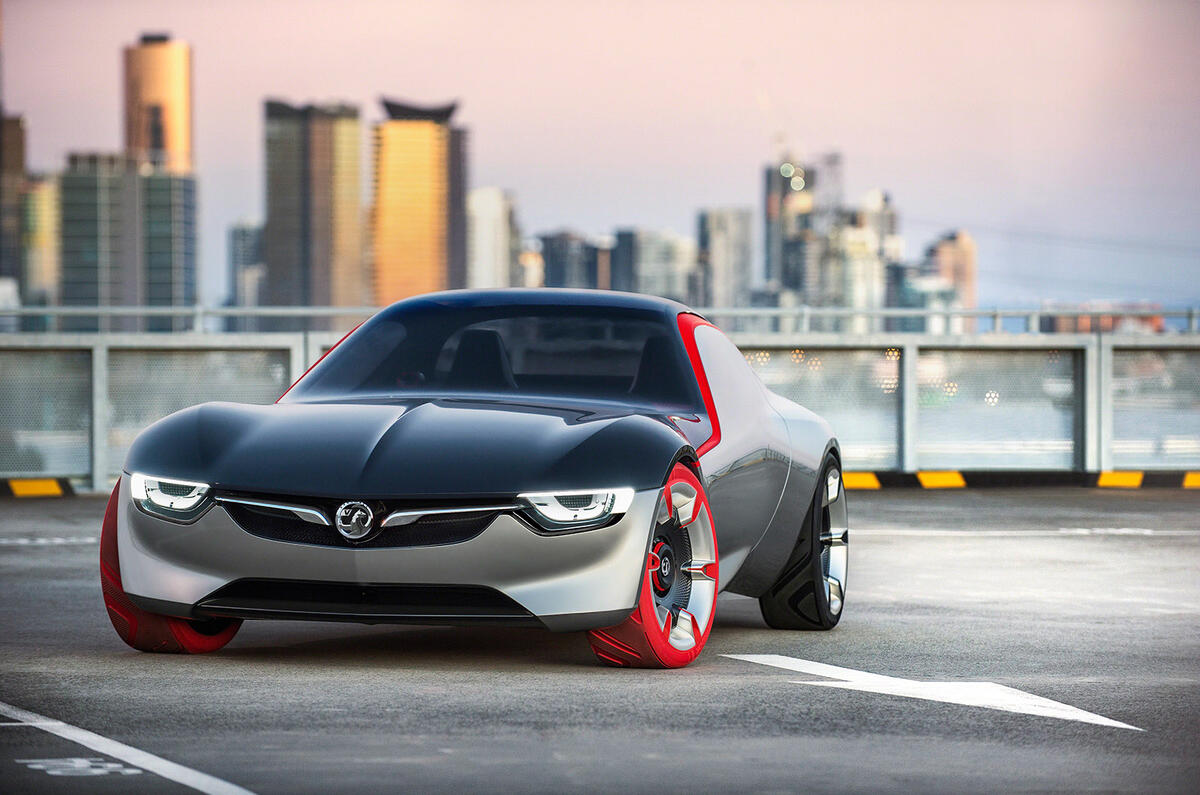

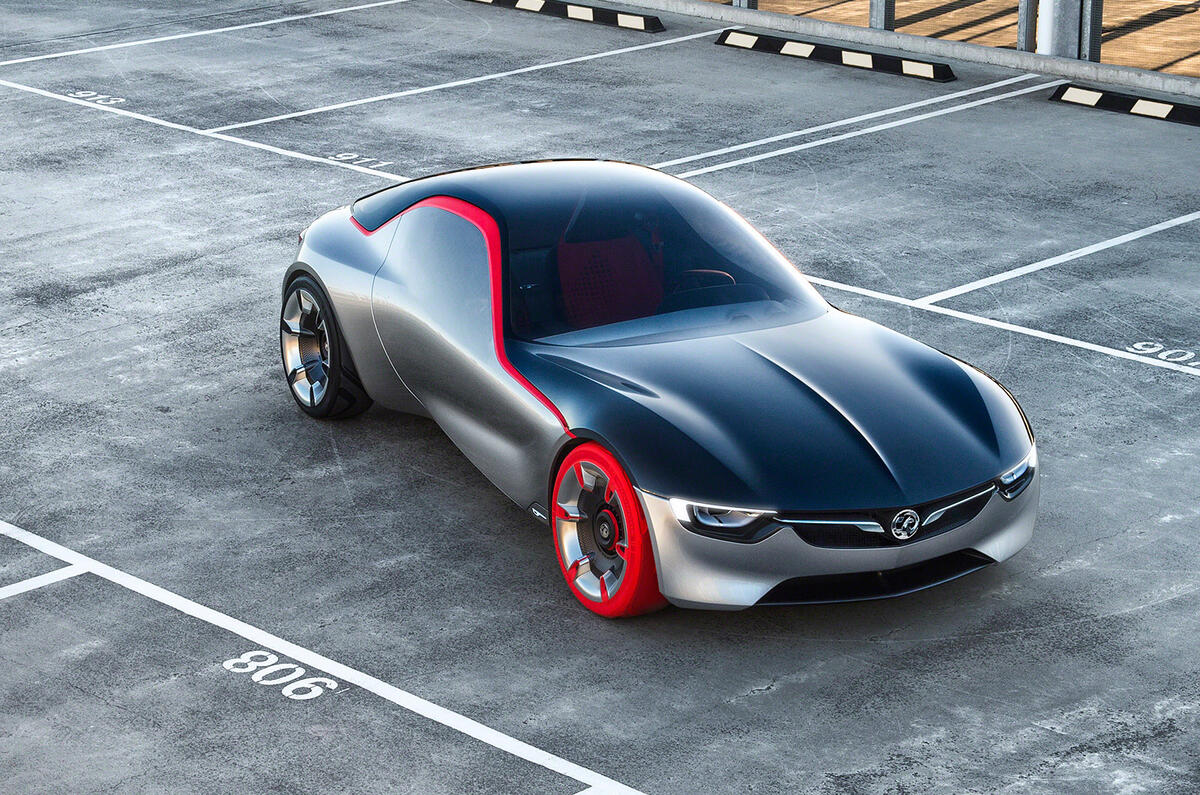
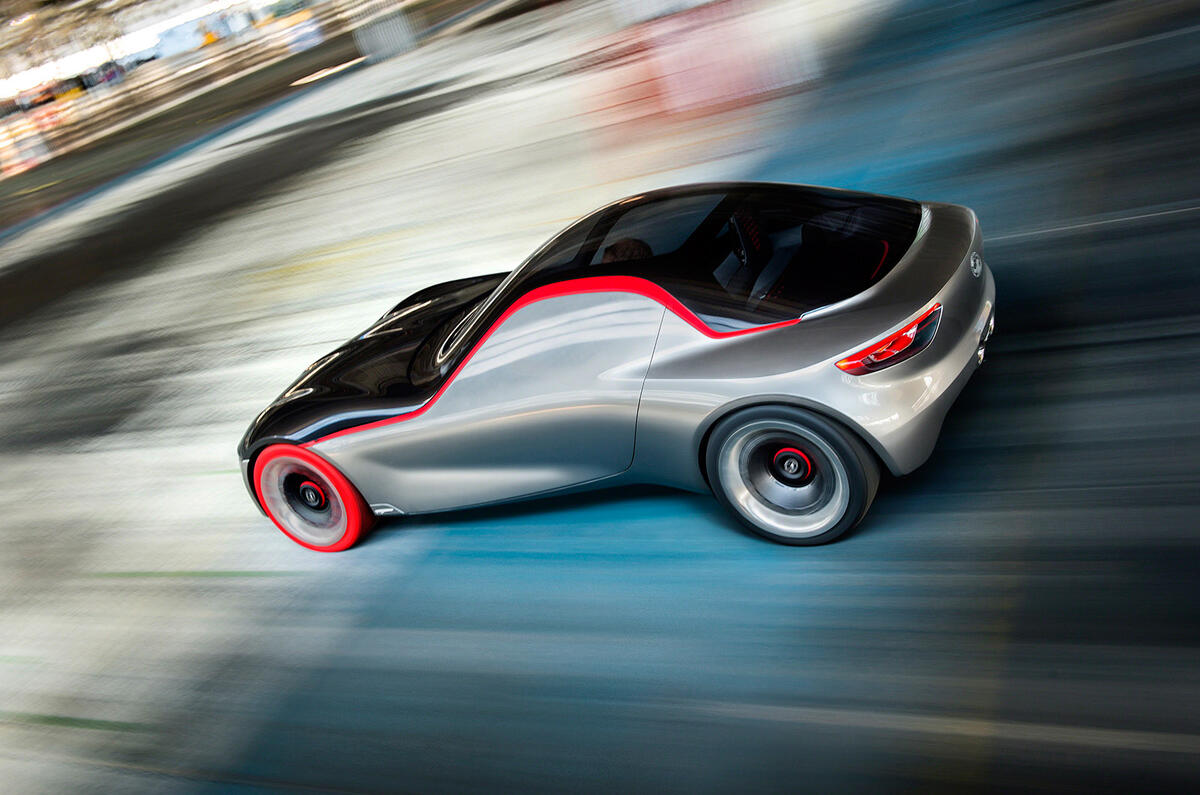
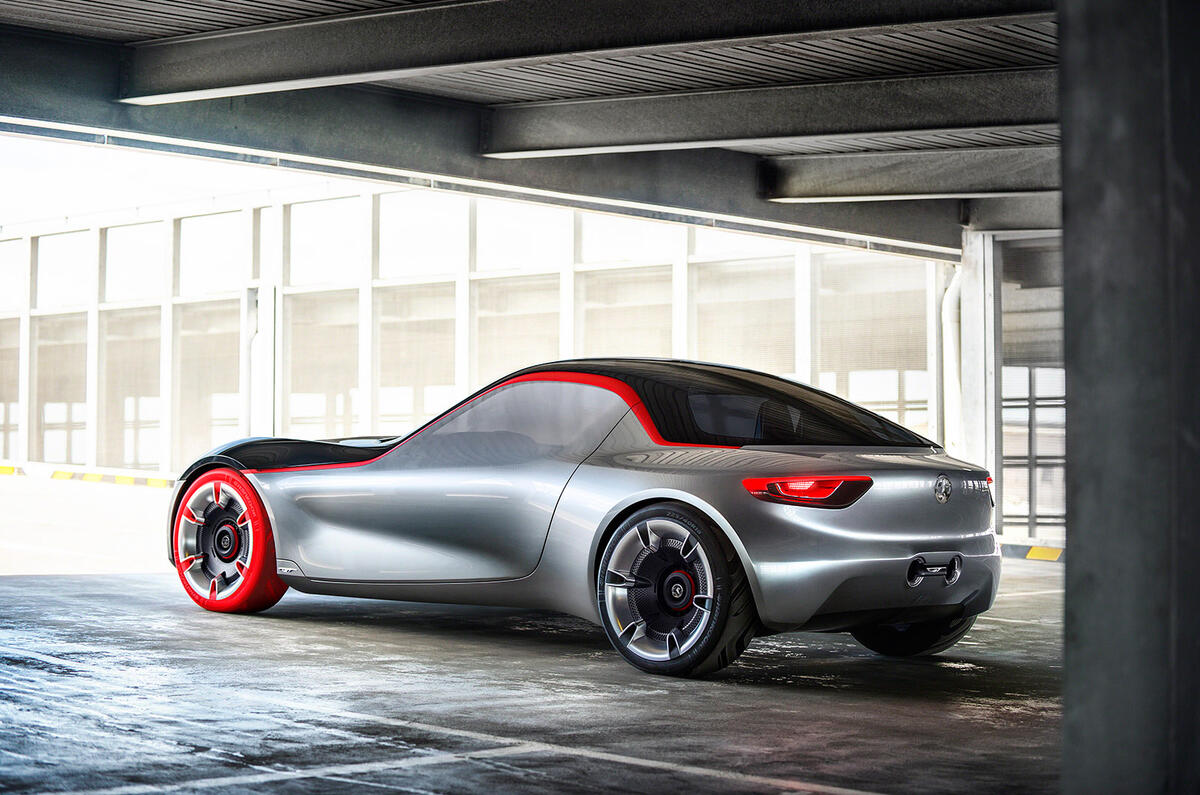
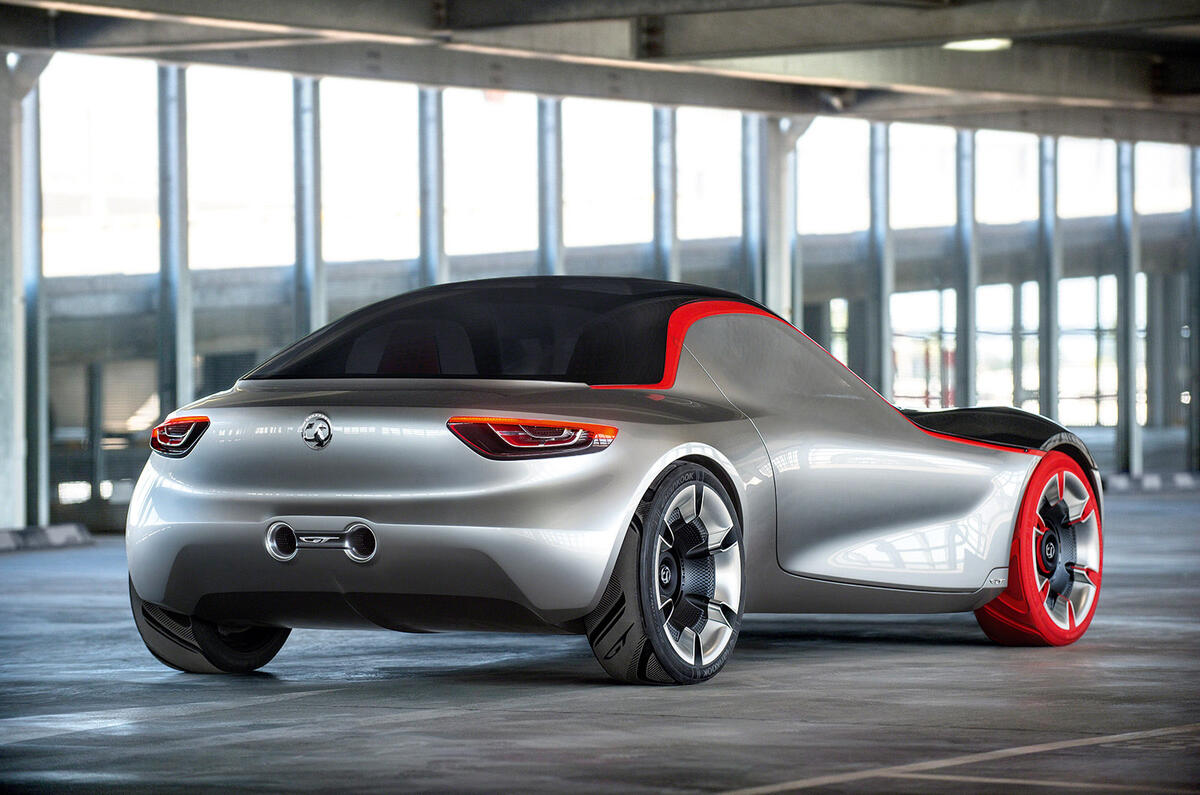
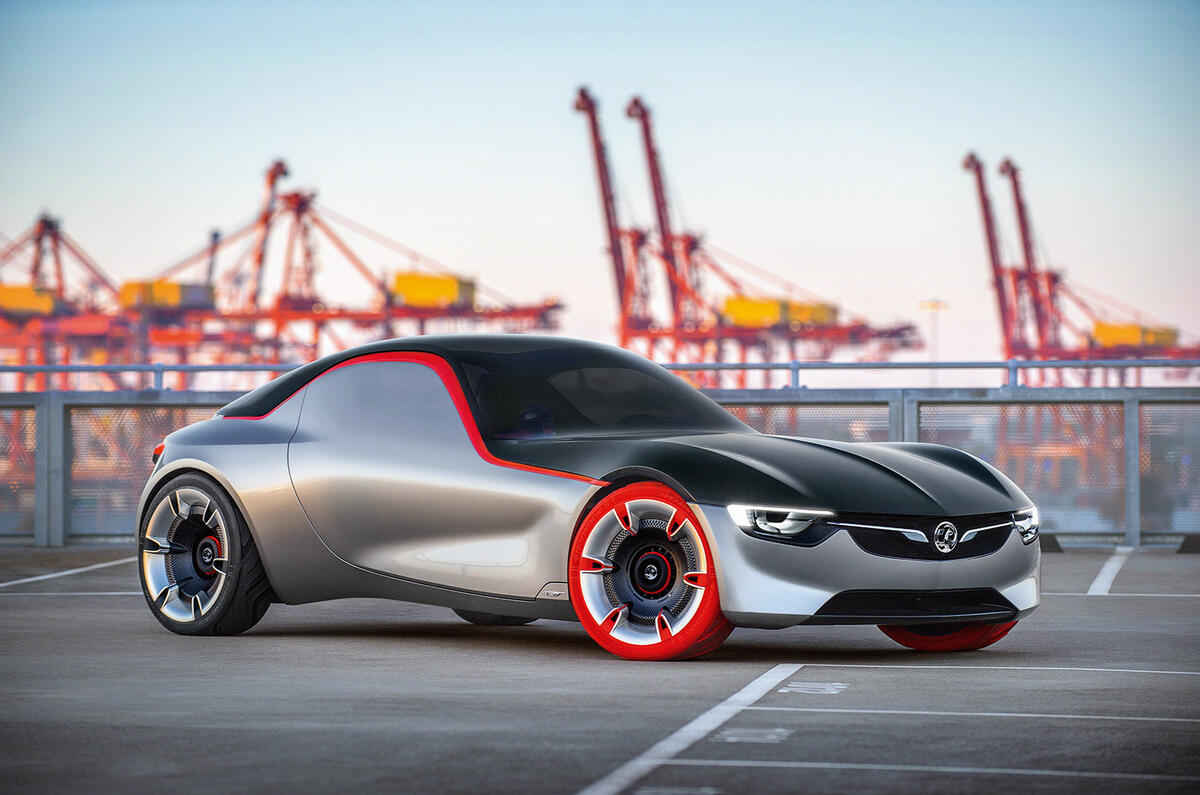





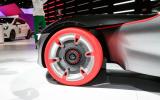



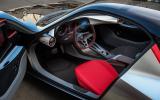





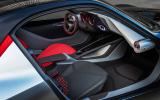





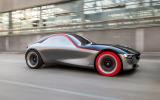

















Join the debate
Add your comment
See the letter in this week's
It is awful !!
Yes, but dahling - it is a
Bring back the Opel badge for the UK maybe?